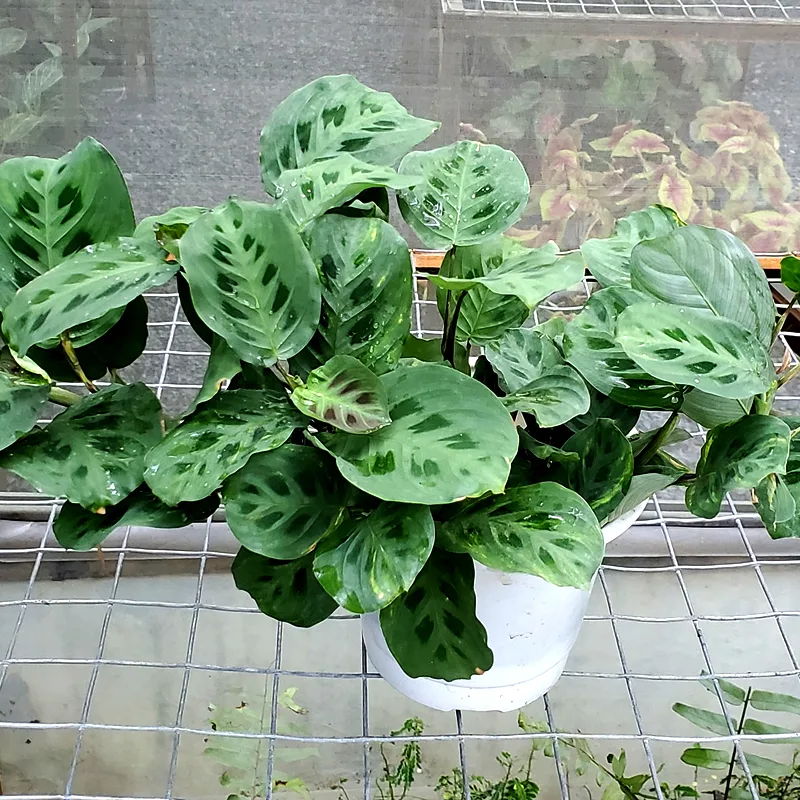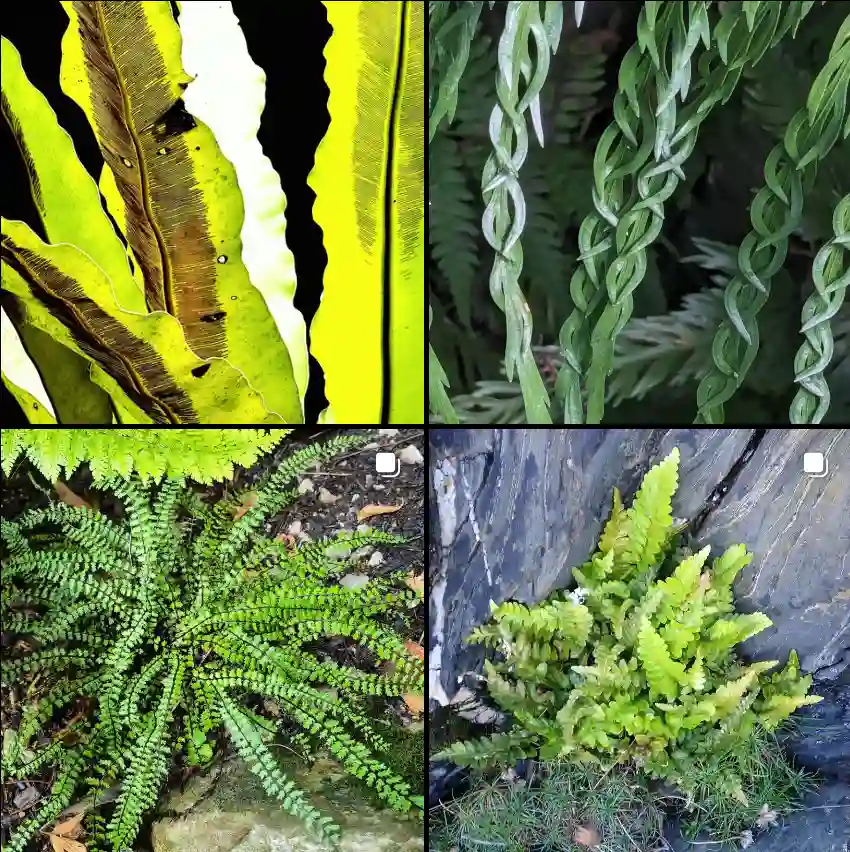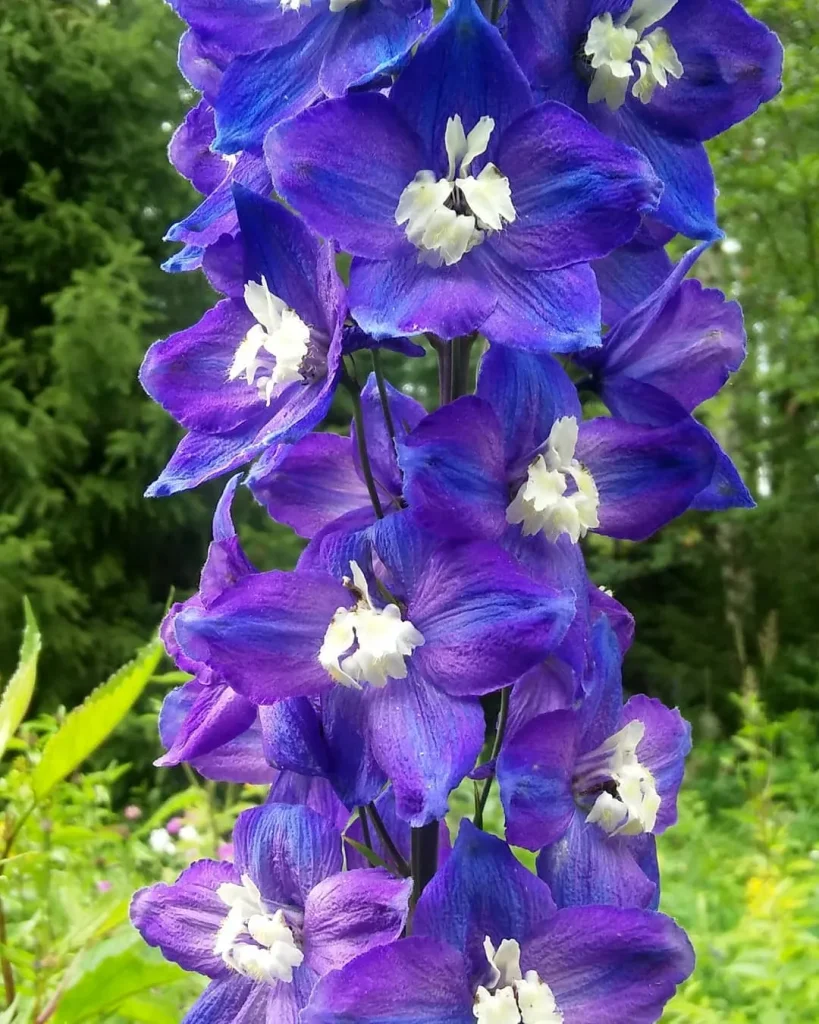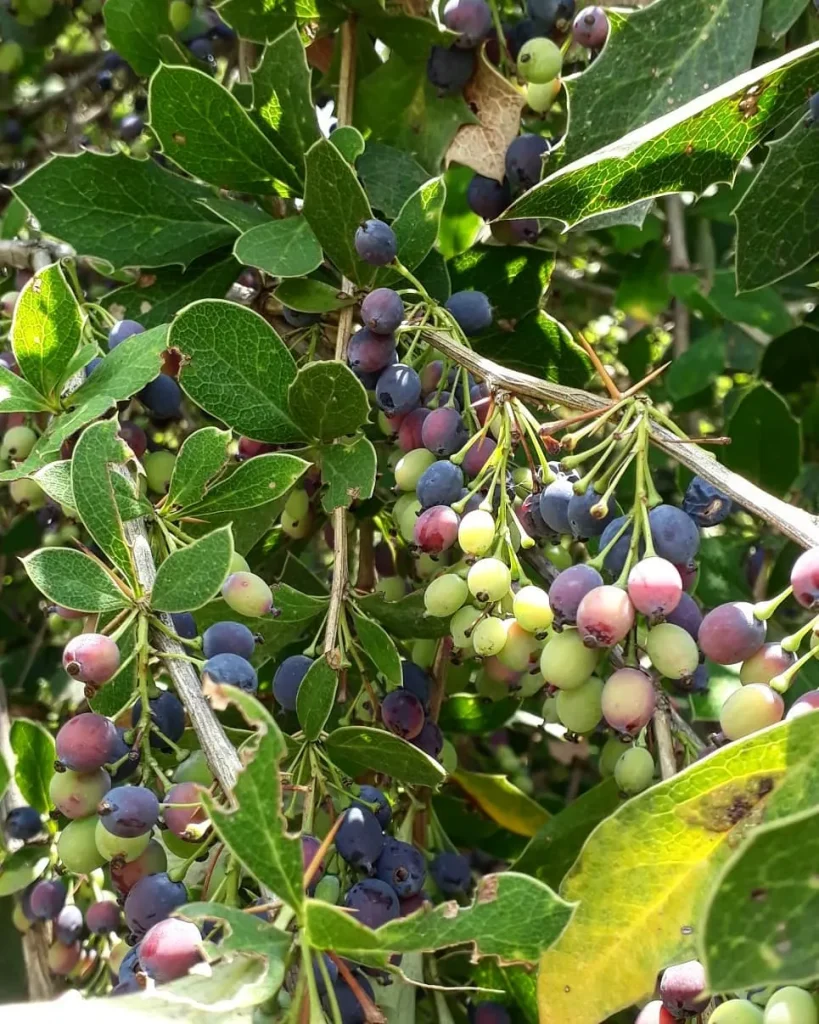My Fascination with Claytonia
I’ve always been drawn to the subtle beauty of wildflowers. There’s something about their resilience, their ability to thrive in unexpected places, that captures my imagination. One genus in particular, Claytonia, has always held a special place in my heart. Maybe it’s the delicate blossoms that emerge in early spring, or the way their leaves seem to shimmer in the sunlight. Whatever the reason, I find myself returning to these plants again and again.
Claytonia belong to the Montiaceae family, commonly known as spring beauty, is a genus of flowering plants native to Asia, North America, and Central America. They’re often found in mountainous regions, adding splashes of color to otherwise stark landscapes. I’ve been fortunate enough to encounter them on hikes through the Appalachian Mountains and even in the foothills of the Himalayas. Each encounter feels like a small gift.
What truly fascinates me about Claytonia is its diversity. While they share certain characteristics – the five-petaled flowers, the simple leaves – each species has its own unique charm. Some, like Claytonia virginica, have slender, grass-like leaves, while others, like Claytonia perfoliata, boast round, almost succulent leaves that clasp the stem. This variety speaks to the adaptability of the genus, its ability to thrive in a range of environments.
A Closer Look at Claytonia Species
Over the years, I’ve made it a personal mission to learn as much as I can about the different species within the Claytonia genus. Here are:
- Claytonia virginica: Also known as Virginia spring beauty, this species is one of the most widespread. It’s characterized by its delicate pink or white flowers with faint pink stripes. I’ve often found them carpeting woodland floors in the early spring, their blossoms a welcome sign of the changing season.
- Claytonia sibirica: Siberian spring beauty, as its name suggests, is native to Siberia and parts of North America. It has slightly larger flowers than Claytonia virginica and tends to form dense mats of foliage. I’m always struck by its resilience, its ability to flourish even in harsh climates.
- Claytonia perfoliata: This species, commonly known as miner’s lettuce, has a unique leaf structure. The leaves are round and appear to be pierced by the stem, giving it a distinctive look. It was an important food source for miners during the California Gold Rush, hence its common name. I’ve even tried it myself in salads – it has a slightly lemony flavor. Plant FAQs: Claytonia Perfoliata
- Claytonia lanceolata: This species is commonly known as western spring beauty. It’s found in western North America and is characterized by its lance-shaped leaves and pink or white flowers. I’ve been lucky enough to see it blooming in alpine meadows, its delicate beauty a stark contrast to the rugged surroundings.
- Claytonia acutifolia Pall. ex Willd.
- Claytonia arctica Adam
- Claytonia arenicola L.F.Hend.
- Claytonia arkansana Yatsk., R.Evans & Witsell
- Claytonia caroliniana Michx.
- Claytonia cordifolia S.Watson
- Claytonia crawfordii Stoughton
- Claytonia exigua Torr. & A.Gray
- Claytonia gypsophiloides Fisch. & C.A.Mey.
- Claytonia joanneana Schult.
- Claytonia megarhiza (A.Gray) Parry ex S.Watson
- Claytonia multiscapa Rydb.
- Claytonia nevadensis S.Watson
- Claytonia obovata Rydb.
- Claytonia ogilviensis McNeill
- Claytonia palustris Swanson & Kelley
- Claytonia panamintensis Stoughton
- Claytonia parviflora Douglas
- Claytonia peirsonii (Munz & I.M.Johnst.) Stoughton
- Claytonia rosea Rydb.
- Claytonia rubra (Howell) Tidestr.
- Claytonia sarmentosa C.A.Mey.
- Claytonia saxosa Brandegee
- Claytonia scammaniana Hultén
- Claytonia serpenticola Stoughton
- Claytonia tuberosa Pall. ex Schult.
- Claytonia udokanica Zuev
- Claytonia umbellata S.Watson
- Claytonia washingtoniana (Suksd.) Suksd.
The Importance of Botanical Exploration
My interest in Claytonia has deepened my appreciation for botany as a whole. It’s reminded me of the importance of observation, of taking the time to notice the intricate details of the natural world. There’s a whole universe of discovery waiting for us in our own backyards, if only we take the time to look.
I believe that understanding plants, their diversity, and their role in our ecosystem is crucial. It’s not just about appreciating their beauty; it’s about recognizing their importance for our planet’s health. Plants provide us with oxygen, food, medicine, and so much more. By learning about them, we learn about ourselves and our place in the world.
My journey with Claytonia is far from over. I’m eager to continue exploring this fascinating genus, to discover new species, and to deepen my understanding of their biology and ecology. I encourage everyone to take an interest in the plant world. You might be surprised by what you find.
If i die, water my plants!



